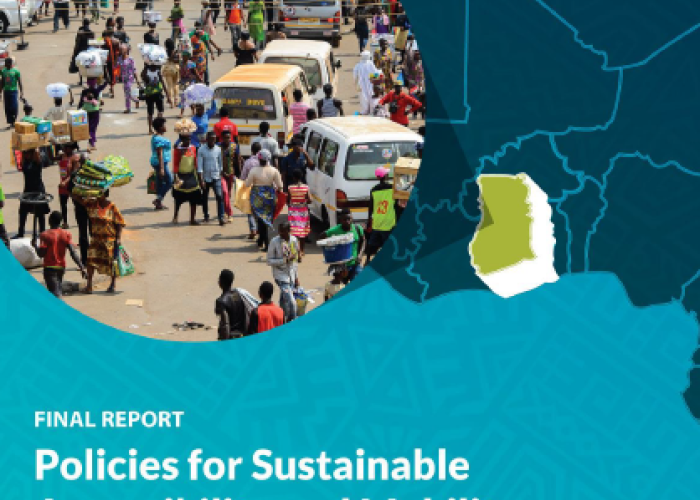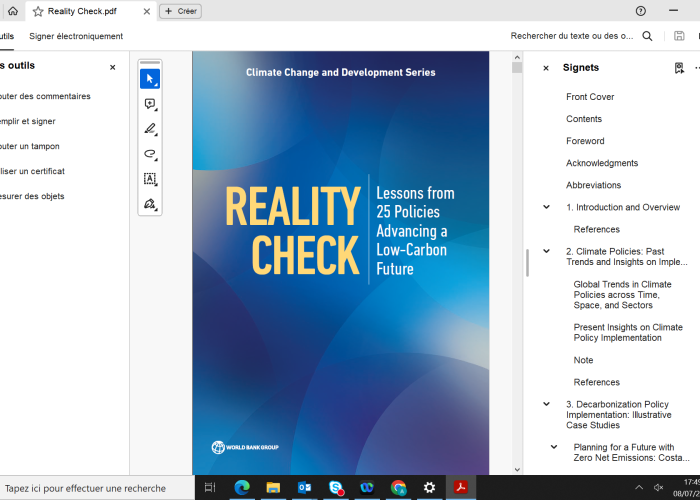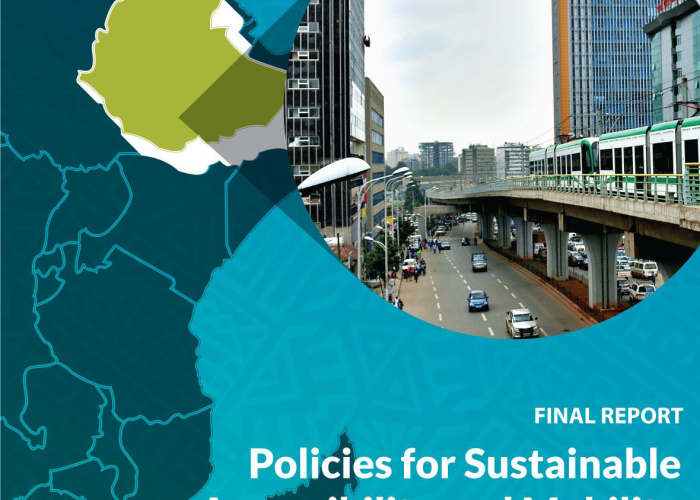Policies for Sustainable Accessibility and Mobility in Urban Areas of Ghana
SSATP 2018
Within the framework of urban transport and mobility pillar of the African Transport Policy Program (SSATP), the team launched an activity to support eight pilot countries (Ivory Coast, Ethiopia, Guinea, Ghana, Kenya, Nigeria, Rwanda, and Senegal) in the development of policies to improve accessibility and mobility in urban areas of Africa. Six thematic areas have been considered as priorities: strengthening the institutional framework for urban transport management, creating funding sources dedicated to the management of urban transport, promoting the effective participation of civil society in urban transport management, improving multi-modal planning and operation of city centers, improving the performance of public transport (in particular the reform of paratransit services), organizing and implementing National Government assistance for the management of urban transport in secondary cities. In Ghana, this work has been led in close partnership with the Ministry of Transport (MoT). A diagnostic for each of the six above priority areas helped in identifying the most pertinent recommendations to be proposed to cities in Ghana. These recommendations were widely discussed on 25 and 26 July 2018 as part of the Urban Mobility Forum organized under the auspices of the Ministry of Transport. The report proposes a series of recommendations aimed at responding to main challenges in the urban areas of Ghana. The improvement of urban accessibility and mobility is a complex task, and these recommendations aim at mobilizing all stakeholders around them. Ghana has made much social and economic progress over the past decade. As a result, it is now at a key stage of its development. It has to master the transition from a low to an emerging middle- income country and, thus, faces new and more complex development issues. One of the most important issues which Ghana needs to tackle is its rapid and inefficient urban development. Since 2000, the growth rate of the urban population has been about 4.25% so that the urban share of Ghana’s population is now over 50% and is expected to reach about 65% by 2030. Urban development in Ghana suffers from many deep-seated problems. These include land use disorder and uncontrolled urban sprawl, increased environmental deterioration, inadequate urban infrastructure and services, urban poverty, slums and squatter settlements, weak urban governance and institutional coordination, and weak urban transport planning and traffic management. A strong decentralization process is currently going on in Ghana and Ghanaian decision makers are now at a particular moment to ensure its accomplishment in what regards urban mobility. To do so, it is recommended to go through a clarification of the powers, duties and functions of the various stakeholders involved in urban mobility matters, outline the financial and fiscal arrangements, as well as the rules in accordance with which urban mobility funding is allocated and applied for; propose a clear inter-governmental relations framework for the governance and management of urban mobility matters and set out how urban mobility planning processes should align with land use planning and urban development processes. The recommendations contained in this report identify practical action levers to ensure, from an economic point of view, the role of Accra and the country's largest cities as drivers of growth while optimizing public spending; from a social point of view, access to jobs and services for a maximum of urban households while reducing the risk of road mortality, and from an environmental point of view to put the country on a more sustainable path improving the energy efficiency of the sector and reducing air pollution.
all contents here https://www.ssatp.org/topics/urban-mobility



